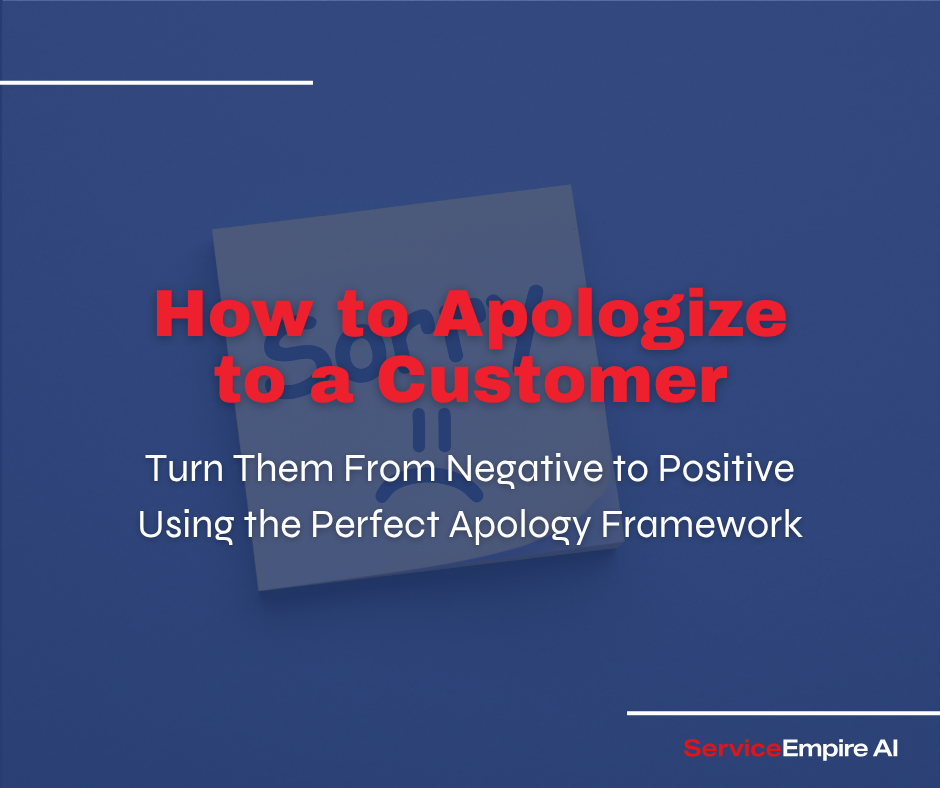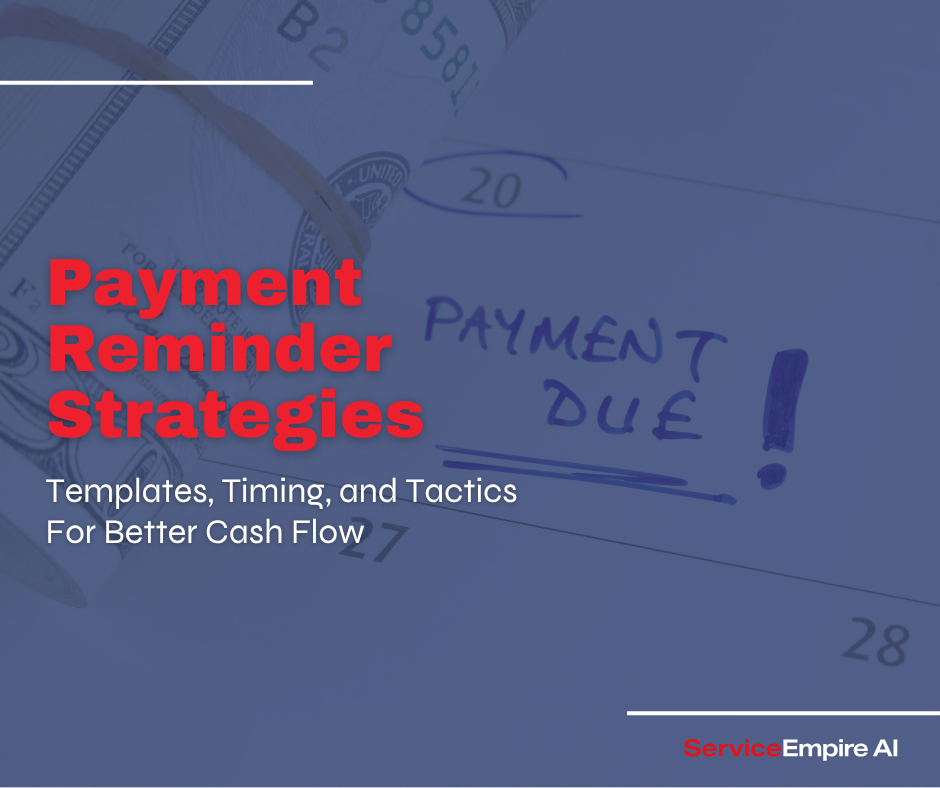
A customer complaint doesn't have to become a refund or rework situation. It isn't the end of a relationship – it's an opportunity to create a loyal customer. Here's how to apologize to a customer and turn unhappy customers into your biggest fans.
The Perfect Acknowledgment
Start with a genuine, immediate acknowledgment (1) of the issue. Let the customer know you understand their frustration and take their concerns seriously. Avoid defensive responses or excuses – this moment is about their experience, not your explanation.
Show genuine empathy (2) for their situation. Use phrases that show you understand the impact of the problem:
"I understand how frustrating this must be," or
"I can see why this is a concern," or
"I'm sorry that's been your experience."
The key is authenticity. Customers can tell when you actually care versus just following a script.
Resolution That Works
Move quickly from acknowledgment and empathy to action (3). Explain exactly what steps you'll take to resolve the issue. Be specific about timelines and what the customer can expect. If you need to investigate further, set clear expectations about when you'll get back to them.
Give customers choices when possible. Sometimes there are multiple ways to resolve an issue – letting the customer choose helps them feel more in control of the situation. Make sure every option you offer is something you can deliver on completely.
Follow Through to Rebuild Trust
Actions speak louder than words in rebuilding trust. Follow through on every promise (4) you make during the resolution process. Keep customers informed of progress, even if there's nothing new to report. Silence breeds uncertainty in any type of relationship.
Go beyond just fixing the immediate problem. Look for ways to prevent similar issues in the future and share these improvements with the customer. This shows you're not just solving their problem – you're learning from it.
Future Prevention
Internally, you want to use each complaint as a learning opportunity. Document what happened, how it was resolved, and what could have prevented it. Share these insights with your team to prevent similar issues with other customers.
Look for patterns in complaints to identify system-wide improvements needed. Sometimes what seems like individual issues points to larger processes that need updating. Maybe you need technicians to use a 5-point, 10-point, or 12-point quality checklist that will get you five-star reviews. Be proactive about making these changes.
Follow-up Process
Don't assume the relationship is fixed because the problem is solved. Schedule follow-up contact (5) to ensure the customer is completely satisfied with the resolution. This shows you care about their long-term satisfaction, not just closing the complaint.
Use these follow-up conversations to strengthen the relationship. Ask for feedback on how you handled the situation and what you could do better. Many customers appreciate being part of your improvement process.
Creating Lasting Impact
Transform satisfied complainers into advocates. Once an issue is fully resolved and the customer is happy, they're often more loyal than customers who never had problems. They've seen how you handle difficulties and know they can trust you to make things right.
Share positive resolution stories with your team. This helps everyone understand good complaint handling and provides examples of successful approaches. Celebrate when you turn an unhappy customer into a loyal one.
Remember that a good apology has five key elements:
- acknowledgment of the issue
- sincere empathy for the customer's situation
- clear action to resolve the problem
- follow-through to ensure satisfaction with the immediate issue
- follow-up to show you care about the long-term
Master these elements of the perfect apology framework, and you'll turn most complainers into your strongest supporters.






